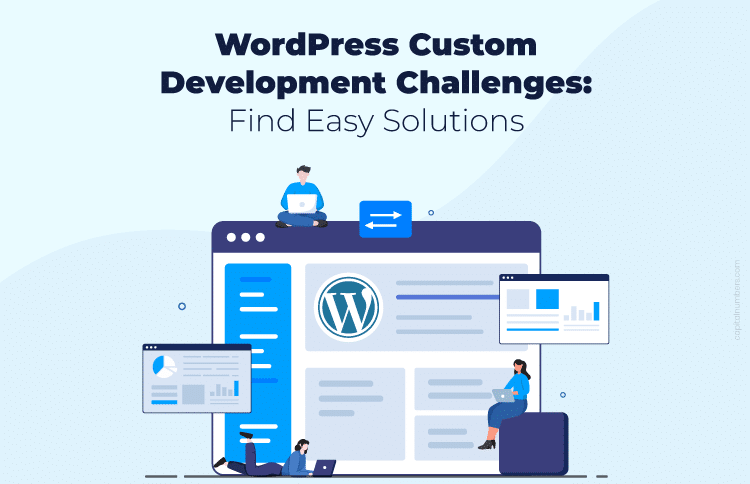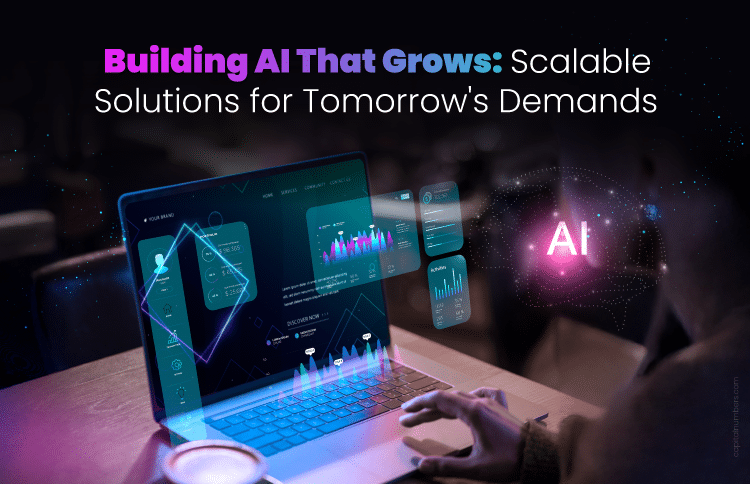Beacon Technology – A Game Changer for Mobile App Development
Table of Contents
Imagine tiny lighthouses scattered throughout your favorite store, silently whispering information to your smartphone. This is a glimpse into the role of beacon technology in mobile application development. These small Bluetooth transmitters, no bigger than a coin, broadcast signals that nearby devices can detect, triggering a world of possibilities. Think personalized coupons popping up on your screen as you walk past a specific aisle, interactive museum exhibits responding to your approach, or even automatic check-ins at your gym – all thanks to these silent beacons. Beacon technology is revolutionizing the way we interact with the physical world, blurring the lines between online and offline experiences. So, the next time you step into a beacon-enabled space, keep your eyes peeled and your phone ready – you might just be in for a surprising and delightful encounter!
Versatile Uses of Beacons
Beacon can have different meanings depending on the context. Below are a few potential purposes and usage:
-
Wireless Communication Device:
In wireless communication, a “beacon” often refers to a small, wireless device that broadcasts signals to nearby devices. Bluetooth beacons, for example, are often used for location-based services and proximity marketing. These beacons emit signals that mobile devices can pick up, enabling them to determine their proximity to the beacon and trigger relevant actions or notifications.
-
Navigation and Location Services:
In the context of navigation and location services, a “beacon” can refer to a fixed point that helps determine one’s location. This is often used in industries such as aviation and maritime, where beacons are used as navigational aids.
-
Web Development:
In web development, a “beacon” can be a small piece of code or a request sent by a web page to a server to log an event. This is often used for analytics purposes. For example, a website might use a beacon to send data about user interactions back to a server for analysis.
-
Emergency Beacons:
In emergencies, a “beacon” can refer to a signaling device designed to attract attention. Emergency beacons are often used in wilderness areas or on boats to indicate distress and facilitate rescue operations.
As for why we need beacons, the reasons vary depending on the specific context. Generally, beacons provide information, facilitate communication, improve navigation, enhance user experiences, or address safety and emergency situations. They are tools that leverage wireless technology to enable various functionalities depending on the application.
Beacon as a Technology
Beacon technology typically involves small, wireless devices that use Bluetooth Low Energy (BLE) to transmit signals to nearby devices. Here’s a general overview of how beacon technology works:
-
Hardware:
Beacons are small, battery-powered devices equipped with Bluetooth Low Energy (BLE) transmitters. BLE is a power-efficient version of Bluetooth technology, making it suitable for devices with limited battery capacity.
-
Broadcasting Signals:
The beacon continuously broadcasts a signal that typically includes a unique identifier. This identifier helps distinguish one beacon from another.
-
Detection by Mobile Devices:
Mobile devices, such as smartphones or tablets, have built-in Bluetooth capabilities. When a mobile device with Bluetooth enabled comes into the range of a beacon, it can detect the beacon’s signal.
-
Proximity Detection:
The strength of the received signal allows the mobile device to estimate its proximity to the beacon. The closer the device is to the beacon, the stronger the signal.
-
Mobile App Interaction:
To use beacon technology, users need a mobile app programmed to respond to the beacon signals. When the app detects a specific beacon’s signal and determines the user is in proximity, it triggers predefined actions.
-
Contextual Interaction:
The mobile app can be programmed to perform various actions based on the detected proximity to a beacon. This could include displaying location-specific information, sending notifications, providing discounts or promotions, or enabling other personalized experiences.
Use Cases of Beacon Technology:
Beacon technology has been applied in various industries and scenarios. For example:
- Retail : Beacons can be used to send promotional offers to customers when they are near specific products.
- Events : Beacons can enhance the event experience by providing location-specific information or facilitating networking among attendees.
- Navigation : Indoor navigation systems can use beacons to guide users within large buildings or complexes with weak GPS signals.
It’s important to note that users need to opt in and have the relevant mobile app installed for beacon interactions to occur. This helps address privacy concerns, as users have control over whether they want to engage with beacon-triggered content or not.
Applications of Beacon Technology in Mobile Apps
Beacon technology is making significant strides in mobile apps, thanks to innovative approaches by software development companies. Its applications span various sectors, including Retail and E-commerce, Location-based Services, Healthcare, Hospitality, and Tourism. Each of these industries is harnessing the power of beacons to enhance user experiences and streamline operations, showcasing the technology’s versatility and wide-ranging impact.
-
Retail and E-commerce:
- Enhanced in-store shopping experiences with personalized offers, discounts, and product recommendations based on a customer’s location and shopping history.
- Contactless payments and easy check-in/check-out processes, reducing wait times and improving customer satisfaction.
- Inventory management, allowing retailers to monitor product stock in real-time and automate restocking processes.
-
Location-based Services:
- Indoor navigation and wayfinding in large venues such as airports, museums, malls, and event venues, ensuring visitors can easily find their way.
- Geofencing and location-triggered notifications for timely information or promotions to app users within a specific area.
-
Healthcare:
- Patient tracking and asset management in healthcare facilities, ensuring the efficient allocation of resources and accurate monitoring of patient movements.
- Medication reminders and appointment notifications based on a patient’s location within a hospital or clinic.
-
Hospitality and Tourism:
- Keyless entry to hotel rooms, allowing guests to use their smartphones as digital keys.
- Location-based tour guides with audio, video, or textual content enriching tourists’ experiences.
Benefits of Beacon Technology in Mobile Apps
Beacon technology, a pivotal aspect of mobile app technologies, brings numerous benefits to the table. Its capabilities enable Personalization, Improved User Engagement, and Precise Location Information, all while being Cost-Effective and offering Enhanced Analytics. These features collectively enhance the functionality and user experience of mobile apps, making beacon technology an invaluable asset in today’s digital landscape.
- Personalization: Beacons enable apps to deliver highly personalized content and offers, enhancing the user experience and increasing engagement.
- Improved User Engagement: The ability to send contextually relevant notifications at the right time and place can significantly boost user engagement and retention.
- Precise Location Information: Beacons provide more accurate location data compared to GPS, making them ideal for indoor and micro-location applications.
- Cost-Effective: Beacon devices are cost-effective, easy to install, and have a long battery life, making them a practical choice for businesses of all sizes.
- Enhanced Analytics: The data collected from beacon interactions can be used to gain insights into user behavior and preferences, enabling businesses to make data-driven decisions.
Development Considerations
To integrate beacon technology into your iOS and Android mobile apps, consider the following steps:
- Choose the Right Beacon Type: Select the beacon technology standard (iBeacon or Eddystone) that suits your target platform and requirements.
- Hardware Selection: Choose reliable and compatible beacon hardware from trusted manufacturers.
- App Integration: Develop or update your mobile app to incorporate beacon functionality using BLE APIs and SDKs provided by the platform (iOS or Android).
- Privacy and Permissions: Ensure your app respects user privacy and complies with relevant data protection regulations, obtaining explicit permission for location and Bluetooth access.
- Testing and Calibration: Thoroughly test beacon interactions to ensure accuracy, reliability, and a seamless user experience.
You May Also Read: How to Build a Mobile App That Drives Business Growth
Conclusion
Beacon technology has opened a world of opportunities for mobile app developers. Whether in retail, healthcare, tourism, or any other industry, incorporating beacon technology can enhance user experiences, drive engagement, and provide valuable data insights. By understanding the potential applications and benefits of beacon technology, you can unlock new and exciting possibilities for your iOS and Android mobile apps. As technology evolves, staying ahead can set your app apart in the competitive mobile app landscape.
















